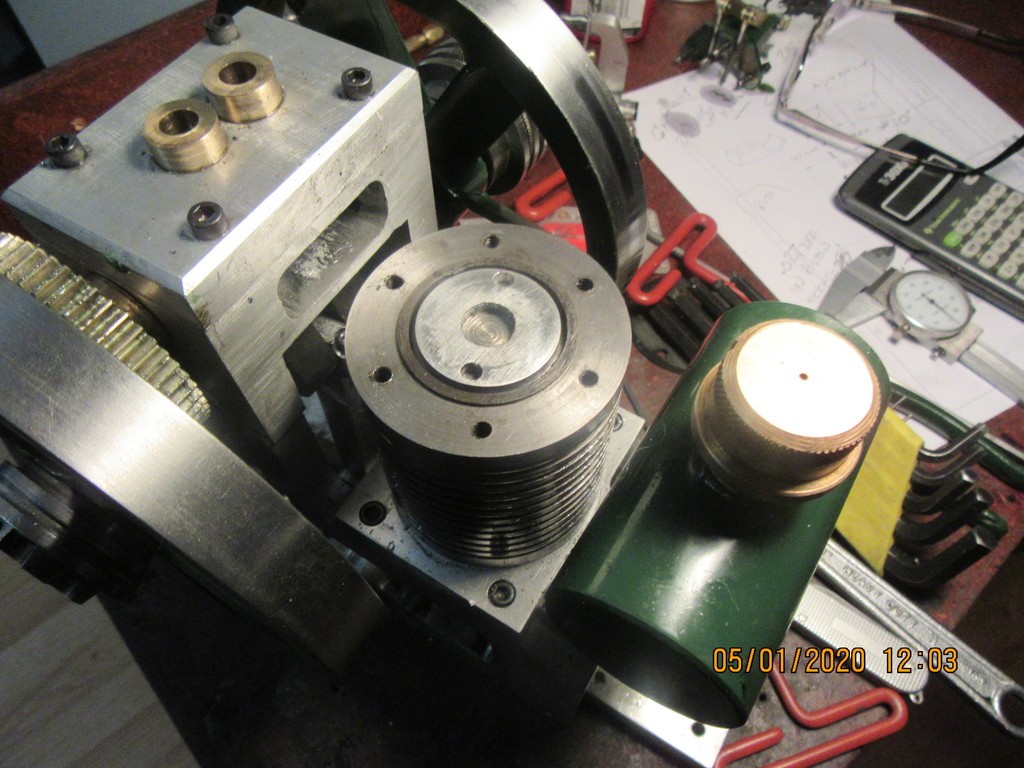.......If you don't have some over-riding control on the throttle, then as soon as your engine starts it will open the throttle wide open. The only way I have found to get around that is to make up my own throttle lever with a good heavy compression spring at the pivot point and a lever connecting it to the Traxxas throttle lever.
Is that the brass rod at the top right? If not, could you highlight it or do a picture of it?
If it's what I think, it looks a bit complicated - 3 or 4 parts.
Thanks!






![MeshMagic 3D Free 3D Modeling Software [Download]](https://m.media-amazon.com/images/I/B1U+p8ewjGS._SL500_.png)









































![DreamPlan Home Design and Landscaping Software Free for Windows [PC Download]](https://m.media-amazon.com/images/I/51kvZH2dVLL._SL500_.jpg)

















